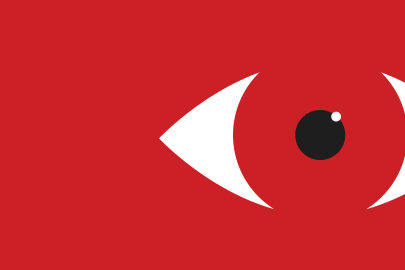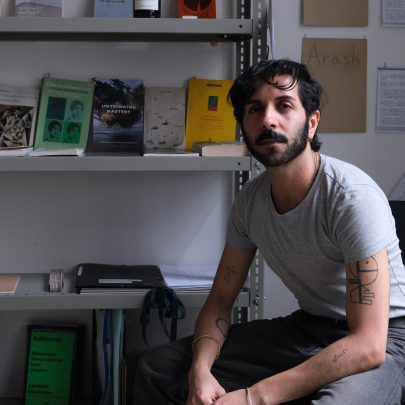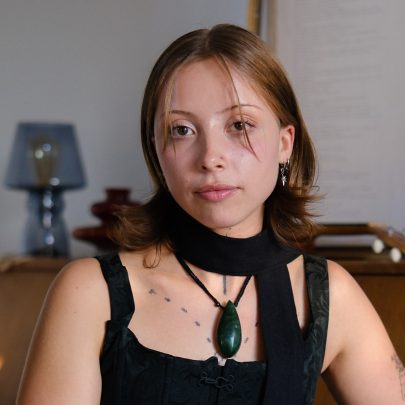Jul 5, 2013 Art
Smith & Caughey’s, Queen Street, City, July 6-28.
Tickets $10, students $5.
Job losses and controversy – the World Press Photo 2012 exhibition hits town during difficult days for photojournalism. This year the best photo prize went to Paul Henson of Sweden for his remarkable shot of mourners in Gaza City carrying the bodies of two Palestinian children. The announcement was met with cries of “Photoshop”, as the photographer was accused of doctoring the shot digitally. Metro asked Amsterdan-based curator Laurens Korteweg about the controversy and the status of press photography today.
Paul Hansen’s winning entry was under scrutiny after allegations of image tampering. What are the ethics around enhancing a news image in the digital age of photography?
There are no absolute, pre-set metric values for the acceptable levels of enhancement. Instead, the applicants are requested to confirm that the content of the images has not been altered. Only retouching that conforms to currently accepted standards in the industry is allowed. The jury will consider what they deem acceptable in each category during the judging and they can request original, untouched files or scans from the photographers to examine. In case there is doubt after the judging has been completed, there is a procedure for re- examining the files that can ultimately lead to disqualification of the work.
Do you think the public still have faith in images presented in the media?
Yes I do. The latest discussion on manipulation of the images is one of the many there have been in the past year. For example, almost all World Press Photo of the Year winners have been accused of manipulating their work, on bigger or smaller scales.
Entries were received from 124 countries – which areas of the world are most common and which areas are underrepresented?
It is safe to say that around the world all countries with a professional photographic community are included in our network of contacts.
What images did some countries not like this year and why?
Different countries not liking different photos is not new to World Press Photo. Every year we get confronted with several questions about the content of the exhibition. As you know, phenomenon displaying photos of the most important events of last year, means (amongst others) showing photos of wars and conflicts. For example, this year there are some photos of the war in Syria and Gaza. These are the photos different countries have difficulties with, some say they are too graphic, too explicit. Other countries ask World Press Photo about the possibilities of deleting some sexual related photographs from the exhibition, for example Maika Elan’s work on homosexual couples in Vietnam. Without going into detail which countries come up with these demands, it is not limited to countries in certain parts of the world.
Photojournalists are losing their jobs – the Chicago Sun Times just did away with their photography department. Why do we still need press photographers in an age where reporters and citizens are often on the spot with cameras?
The easiest answer from a World Press Photo point of view is that our exhibition is more popular than ever. More than 100,000 images were submitted and the number of locations worldwide with our exhibition keeps increasing. From my point of view, press photographers are needed to keep informing the public. Next to text, a photo can make people think about the world in another way, since photos are so direct and easy interpretable.
What makes a perfect news image?
I don’t think there is vast recipe for a perfect news image. When we look at the World Press Photo jury, their criteria are news value and original visual treatment of the subject.
Image credits:
World Press Photo 2012: Paul Hansen, Sweden, Dagens Nyheter, 20 November 2012, Gaza City, Palestinian Territories
The bodies of two-year-old Suhaib Hijazi and his elder brother Muhammad, almost four, are carried by their uncles to a mosque for their funeral, in Gaza City.
1st Prize Sports – Sports Action Single: Wei Seng Chen, Malaysia, 12 February 2012, West Sumatra, Indonesia
A competitor and his charges reach the finish of a bull race, in Batu Sangkar, West Sumatra.
1st Prize Daily Life Stories: Fausto Podavini, Italy, 01 June 2010, Rome, Italy
Mirella was married to her husband Luigi for over 40 years. At the age of 65, Luigi began to show symptoms of Alzheimer’s disease. For six years, Mirella cared for Luigi herself, at home in Rome.





